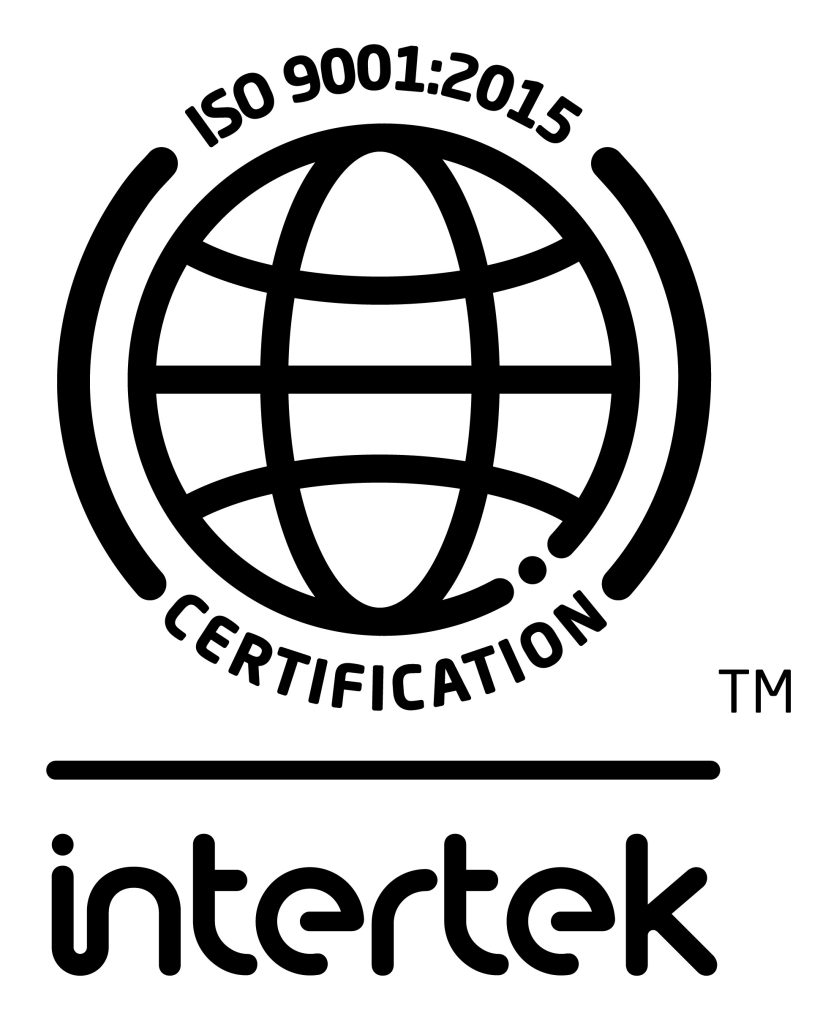Sand casting has been used for a very long time in the designing and constructing of structures from machinery to other kinds of complicated structures. It normally involves a mold and a cast for people to create required structures in various industries. Convectional sand casting is the old model of casting that was used by sand casting Company before the coming of the 3D sand casting process. What is the difference between the two? Below is a detailed explanation of how the two differ and which one of them is the best.
Convectional Sand Casting
In this method, a structure is formed; the structure resembles the layout of the object to be constructed by the cast. The designing needs to be superb to ensure all parts of the object to be constructed are present. Once the structure is made, the cast is then filled into the structure and it fills the channels or pathways. Forming the sand mold takes time and it could take up to six weeks before you are able to pour cast into the structure. Once your mold or structure is read, you can pour the cast and ensure you remain very uniform to prevent irregularities on the object that you are creating.
It takes time and the fineness of your cast may also be compromised if you don’t make the best trim the final cast. Weight variation will also occur especially if you don’t spread your cast in the best way possible. It is a whole manual process so if you want to make different structures of a cast, then you need to different kind of sand structures.
3D Printing Process Casting
In 3D printing sand casting, the structure is first designed on a computer, with dimensions clearly outlined to offer you excellent understanding of the object. There is no room for errors and using 3D printers, the structure can be printed out and you will be able use plastic molds to cast your metal. The result is that it is quick and cost effective saving you a lot of money and time. You also get a fine structure that is uniform and perfect in all means thereby becoming efficient in the area of use. It is also easy to make complicated structures.
To conclude, a sand casting foundry that uses 3D printing is far much better because you can enjoy preciseness and time saving as well as low costs.



